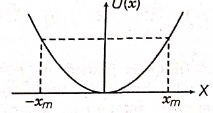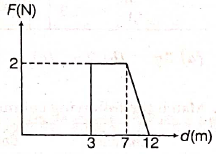NEET Biology - New
NEET Chemistry - New 30 chapters 7364 Questions
NEET Physics - New 34 chapters 9992 Questions
- Physical World and Measurement
502 Question - Kinematics
753 Question - Laws of Motion
1205 Question - Work, Energy and Power
602 Question - Motion of System of Particles and Rigid Body
232 Question - Gravitation
571 Question - Properties of Bulk Matter
388 Question - Thermodynamics
467 Question - Behaviour of Perfect Gas and Kinetic Theory
162 Question - Oscillations and Waves
742 Question - Electrostatics
191 Question - Current Electricity
293 Question - Magnetic Effects of Current and Magnetism
342 Question - Electromagnetic Induction and Alternating Currents
393 Question - Electromagnetic Waves
160 Question - Optics
261 Question - Dual Nature of Matter and Radiation
216 Question - Atoms and Nuclei
403 Question - Semiconductor Electronics and Devices
212 Question - Motion in a Straight line
50 Question - Motion in a Plane
54 Question - Mechanical Properties of Solids
107 Question - Mechanical Properties of Fluids
165 Question - Thermal Properties of Matter
175 Question - Kinetic Theory
158 Question - Electric Charges and Fields
95 Question - Electrostatic Potential and Capacitance
59 Question - Moving Charges and Magnetism
94 Question - Magnetism and Matter
119 Question - Ray Optics and Optical Instrument
490 Question - Wave Optics
220 Question - Simple Harmonic Motion
41 Question - Nuclear Physics and Radioactivity
31 Question - Communication Systems
39 Question



